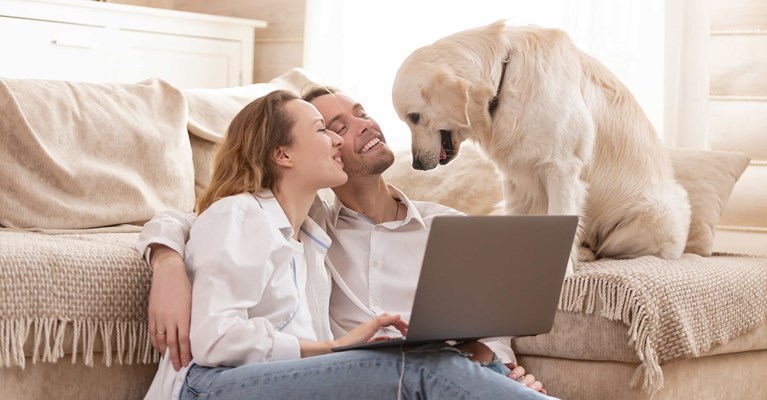Pets are often regarded as members of the family, and it’s important to prioritise their well-being in case of any unforeseen circumstances. Unexpected vet expenses can come with hefty price tags, which is why pet insurance can be a great option. With pet insurance, you can have peace of mind knowing that your pet can receive the necessary treatment to get back to its normal self without the financial burden.
However, it can be hard to find the right cover for pets who have pre-existing medical conditions. This blog explains everything you need to know about pet insurance for those faithful companions with existing medical conditions.
